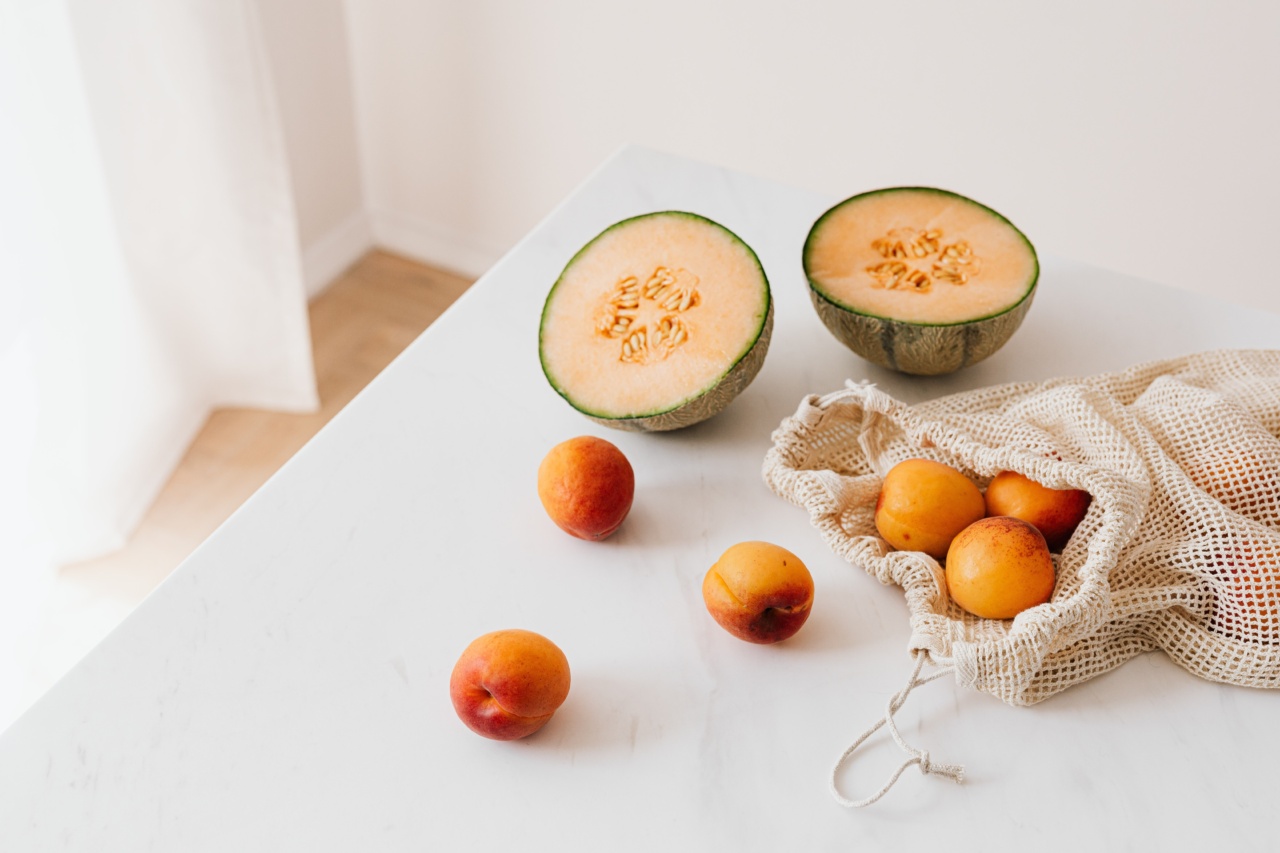Are you concerned about your risk of developing diabetes? The good news is that making dietary changes can significantly reduce your risk factors and improve your overall health.
By incorporating tasty and nutritious foods into your daily meals, you can take proactive steps towards preventing diabetes. This article will explore various delicious options that can help you on your journey to a healthier, diabetes-free life.
1. Boost Your Fiber Intake
Fiber is an essential component of a balanced diet, and it plays a crucial role in managing blood sugar levels. High-fiber foods slow down the absorption of sugar, which leads to better blood glucose control.
Aim for at least 25-30 grams of fiber per day to lower your diabetes risk.
2. Choose Whole Grains
When opting for grains, it’s best to choose whole grains over refined ones. Whole grains are rich in fiber and nutrients, while refined grains have undergone processing that removes many beneficial components.
Swap white bread, pasta, and rice for whole grain alternatives like whole wheat bread, brown rice, quinoa, and oats.
3. Embrace Healthy Fats
Contrary to popular belief, not all fats are bad for you. Incorporating healthy fats into your diet can improve insulin sensitivity and reduce the risk of diabetes.
Avocados, olive oil, nuts, seeds, and fatty fish such as salmon are excellent sources of healthy fats. Enjoy them in moderation but remember that portion control is crucial.
4. Savor the Power of Berries
Berries are not only delicious but also packed with antioxidants and fiber. They have a low glycemic index, meaning they won’t cause a rapid spike in your blood sugar levels.
Add a variety of berries like blueberries, strawberries, raspberries, and blackberries to your breakfast cereals, smoothies, or enjoy them as a healthy snack.
5. Get Your Fill of Leafy Greens
Leafy greens such as spinach, kale, and collard greens provide essential nutrients while being low in calories. They are rich in antioxidants, vitamins, and minerals that help regulate blood sugar levels.
Include them in your salads, stir-fries, or blend them into your favorite smoothie for an extra health boost.
6. Spice Up Your Life
Several spices have shown promising results in reducing the risk of diabetes. Turmeric, cinnamon, fenugreek, and ginger have all demonstrated blood sugar-lowering effects.
Experiment with adding these spices to your dishes to not only enhance the flavor but also promote better blood glucose control.
7. Healthy Protein Sources
Protein is an essential macronutrient that helps you feel fuller for longer and promotes stable blood sugar levels. Opt for lean protein sources like skinless chicken, tofu, fish, and legumes.
Incorporating these into your meals can reduce the risk of type 2 diabetes and improve overall blood sugar management.
8. Hydrate with Water and Herbal Teas
Swap sugary beverages like sodas and energy drinks for water and herbal teas. These drinks are calorie-free and will help you stay hydrated without increasing your blood sugar levels.
If you need some sweetness, try adding slices of lemon or a splash of lime juice to your water.
9. Keep Portion Sizes in Check
Even healthy foods can lead to weight gain and elevated blood sugar levels if consumed in large portions. Be mindful of portion sizes and listen to your body’s hunger and fullness cues.
Use smaller plates and bowls to avoid overeating and focus on savoring each bite.
10. Don’t Forget Physical Activity
A healthy diet should always be complemented with regular physical activity. Engage in activities you enjoy, such as walking, jogging, dancing, swimming, or cycling.
Aim for at least 30 minutes of moderate exercise most days of the week to reduce your diabetes risk and improve overall well-being.






























